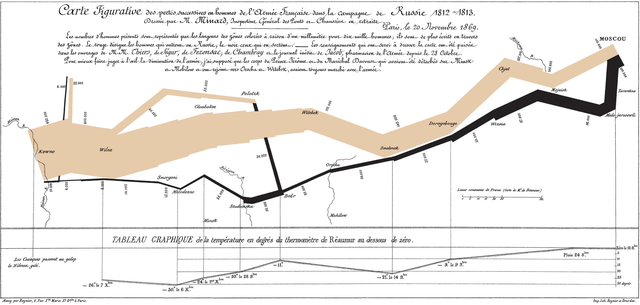Expected Value...and How We Get it Wrong

(Image by Wikimedia)
Dan Gilbert has a few talks posted on the TED website, and the one that’s embedded here has to do with the idea of expected value, and how this mathematical idea applies to practical life. The idea of expected value was formalized by Bernoulli, and Dan explains it as the product of “the odds that an action will allow us to gain something, and the value of the gain to us”. Quite simply, an expected values is a way of quantifying whether or not a decision is a good one. If you watch the first 5 minutes of the video below, there are some simple examples given, but I’ll throw one out as well.
Imagine that I walk up to you, and I say the following: “I’ll tell you what. Right now, I’m thinking about a color that’s in a rainbow. If you can guess what color I’m thinking about, I’ll give you $14. If you guess incorrectly, you give me $1.” Do you take the bet?
Well, assuming that I’m not cheating in any way, and there are 7 colors in a rainbow (ROYGBIV), you have a 1/7 chance of guessing correctly. And if you win, you get $14. Given the definition from above, the expected value of this bet is equal to (1/7) * ($14) = $2. In other words, given this betting situation you stand to make $2. And our arrangement dictates that if I win, you give me $1. Comparing your possible dollar gains or losses, this is certainly a good bet. You should take it.
Where this idea gets extremely interesting is when it’s applied to human psychology and everyday decision making. Basically, we’re very bad at computing expected values in our daily lives. Obviously, I don’t expect that any of you generally has someone coming up to you offering bets of the aforementioned type, but decisions bombard us daily.
The reason I enjoy this talk so much is that it takes a mathematical idea and tells us why it’s PRACTICAL. Gasp! There are a lot of interesting examples given in this talk, and Dan is an engaging speaker. I certainly recommend this video as a worthwhile way to spend half an hour!